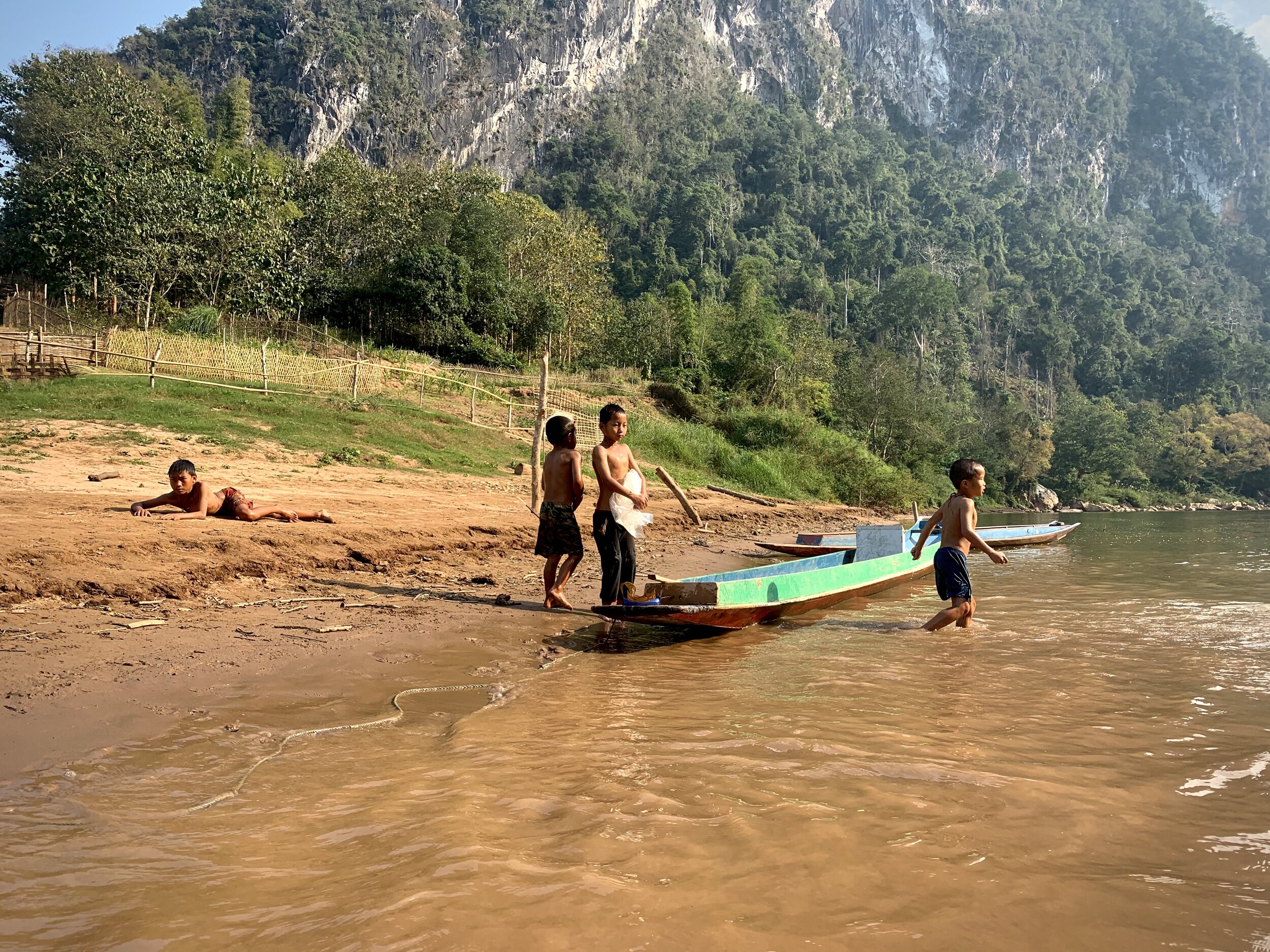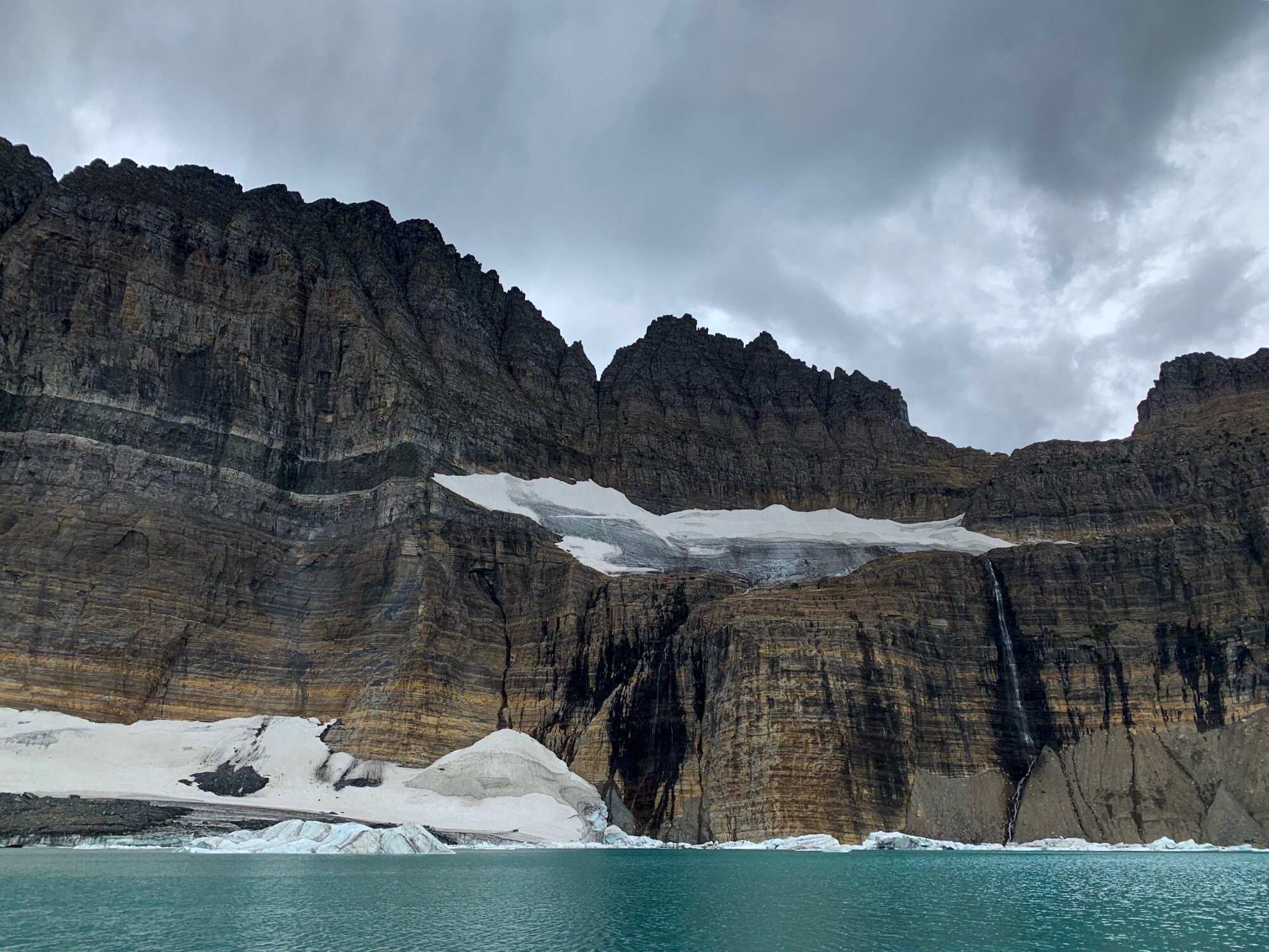I’ve been living in the van full time for a month now, and the truth is, living in a van down by the river (or in the desert, or woods, or mountains, or city) is the best life ever. But I get it: you might not. And that’s okay, but really, full time travel is something that a lot of people are pursuing these days. I live in a 1997 Dodge Ram 3500 conversion van. It has a full sized bed, refrigerator, running water, solar power electricity, and an emergency toilet, and it’s everything I need to be happy. It’s not all fun and games, but it gives our lives variety. It allows me to have the freedom my soul wants while still being a Responsible Adult. And it’s allowed me to find myself, at least a little bit. So this is my why. Why travel. Why an alternative lifestyle. Why vanlife.
Camping on Joshua Tree South BLM
What is an alternative lifestyle?
We’ve all heard of the 9-5. We’ve all heard of the college, get married, buy a house, have kids, work for 30 years, retire loop that people tend to get stuck in. An alternative lifestyle is the rejection of that. It’s the idea that we are in charge of our own lives, not society. You can really do whatever you want. The thing is, whatever your excuse is, spin it around. If you think, “yeah but… I have to work.” Why can’t you do that from the road? Why can’t you start your own business? “Yeah but… I’m supposed to be buying a house.” Why is that? Who is saying that a house is your next step? There are no written rules for life, so it’s important to understand that we can take charge of our own paths, and do the thing that makes our souls feel full.
Of course, if a 9-5 feels right to you, then amazing! Do that! But for many of the people in my community, there’s boredom in a 9-5, there’s creative blocks, there’s a feeling of being trapped. So listen to that feeling and know that there’s another life out there.
Camping at Anza Borrego Desert State Park
But you can’t just be on vacation all the time…
Whoa whoa whoa… I have to stop you there. This is not a vacation. First I want to talk about something that my guide, Mike, brought up on the first day of my GIVE trip: what is the difference between a vacation and an adventure?
To me, a vacation is an escape from something, usually from a job or school. A vacation has the purpose of being a relaxing break before you return to real life.
An adventure is what this life feels like to me, but it’s more than that: this is my real life. Travel is my lifestyle. I still deal with real life, sometimes more than I would if I was living in an apartment, because in a moving house, things tend to break. I have to fill up my water tanks and dump the grey water when it’s full. I go grocery shopping and cook breakfast, lunch, and dinner every night. And more importantly, I work. I spend about 50% of my time in a place working so that I can afford to be where I am. This is simply life to me—it’s just that my backyard changes.
Loving life in Joshua Tree National Park. Photo by my friend Jared @jaredinthevan.
Why a van?
Now a lot of people romanticize backpacking, which is also long term travel, but yet don’t understand vanlife. Why is that? Honestly, there is a stigma, but when I have friends living in Mercedes Sprinters, it’s hard to understand why that stigma still stands. Honestly, I chose a van because I wanted to travel, but didn’t want rent to pay on top of my plane tickets. I wanted to be going full time, and having a van allows you to have everything you could possibly need with you all the time, no matter where you are.
I chose a van because when I sleep next to a national park I wake up to the sunrise peeking through my windows. I chose a van because ending my day surrounded by somewhere new but under a sky full of the same stars feels more stable and right to me than going home to the same place every night. I chose a van because it could park anywhere. I chose a van because the road feels like home to me, and even more so when I carry my home with me like a snail does. I chose a van because structure doesn’t pair well with me. And that’s okay. There’s a life for everyone where they’re happy.
Me and the van at the RTR 2020. Photo by my friends @lindseyanddannyvanlife
What about friends and relationships?
This is a tricky one. When we’re constantly moving, we don’t find ourselves surrounded by the same people all the time, but at the same time, the people we need to be around will find us when we need them the most. I have an amazing van fam who I caravanned with for about a month, and the thing is, people come and go, and moments do too—it’s just a matter of listening to where your soul wants to be and who it wants to be with.
Me and Emma in Sedona. Emma is one of the van fam and you can find her @emma.goes. Photo by our friend Brien @theotherground.
So… in conclusion…
Basically, vanlife for me is finding my freedom. I felt very stifled in school, and like I never really had the opportunity to make friends who truly understood how I felt about certain things, and through full time travel, through the road, I’ve been able to find both of those things. While people are fleeting, I’ve found my community, and while all roads do come to an end, I’ve found my freedom through the movement. I’ve figured myself out, and what I need, and I think that was something that needed to happen for me to progress as a person. Vanlife isn’t just about the van, it’s about the life and what you choose to do with it.
-HWS

















